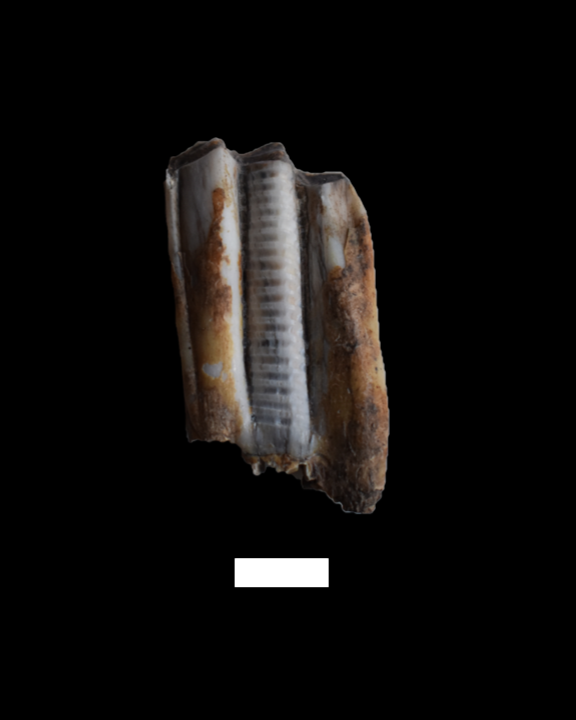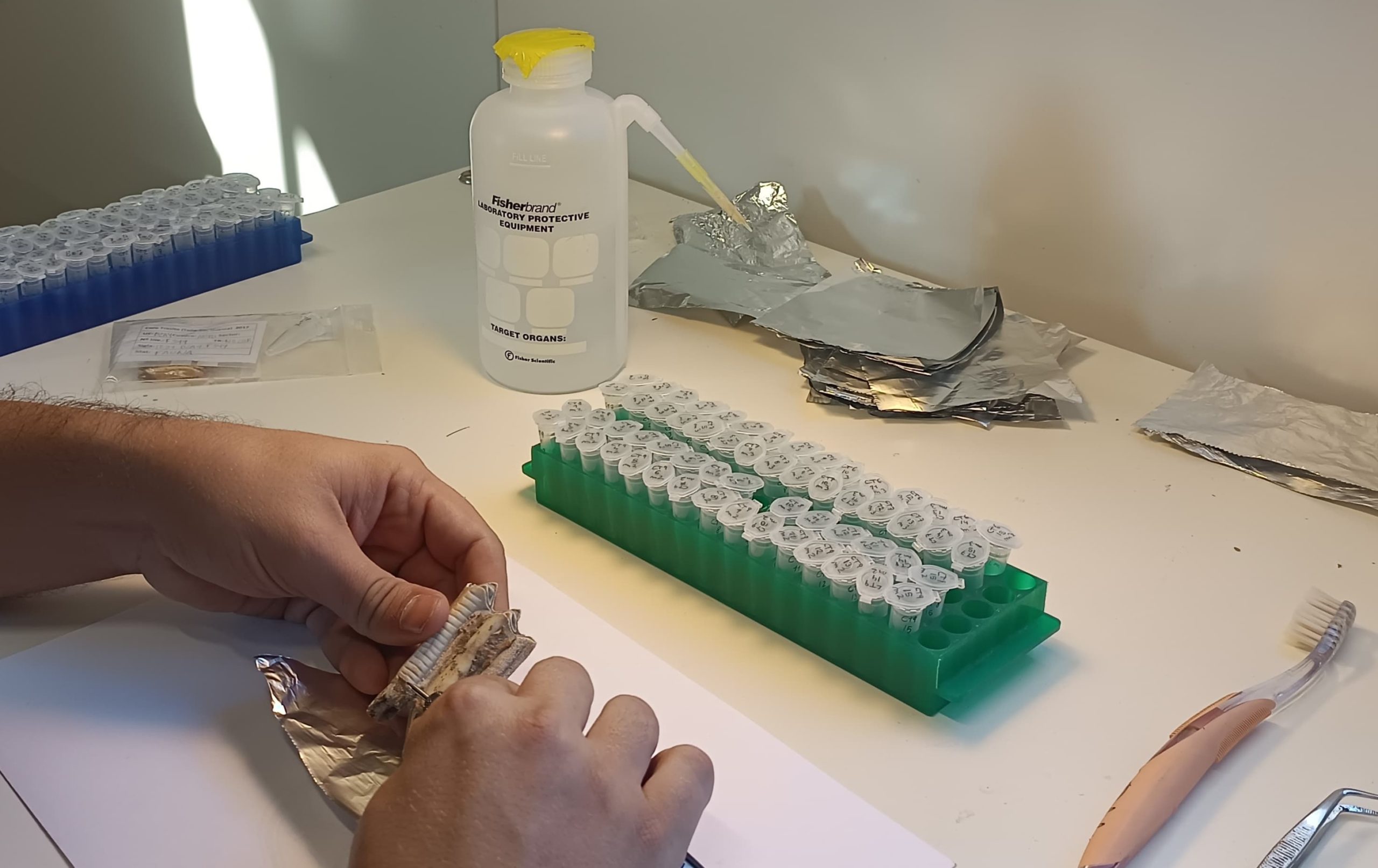FeedingSouth: Reconstructing Neolithic Livestock Management Strategies in Southern Europe
Livestock management played a crucial role in the subsistence strategies of the first farming communities of the Early Neolithic. While the introduction of domestic animals in Europe is well documented, little is still known about the specific pastoral strategies employed in different ecological and cultural settings.
The FeedingSouth project aims to shed light on how early herders adapted their livestock management practices to diverse landscapes and environmental conditions. Through an innovative and multidisciplinary approach, the project investigates the relationship between Neolithic migration routes and pastoral strategies in southern Europe.
To achieve this, FeedingSouth employs a set of cutting-edge techniques, including archaeozoology, dental microwear analysis, palaeoproteomics, stable isotopes, and statistical modeling. This approach provides new insights into the management of domesticated animals, one of the key innovations of the Neolithization process.
The project is structured around three main research axes:
1. Herd Composition and Exploitation Strategies
By analyzing faunal assemblages from key Neolithic sites in the Balkan and Italian peninsulas, the project will determine the composition of early domestic herds, identifying the proportions of sheep, goats, and other livestock. This will allow researchers to assess whether communities focused on meat, milk, or other products, and how these strategies varied depending on the ecological setting.
2. Seasonal Feeding Regimes and Landscape Use
Through isotopic and dental microwear analyses, the project will reconstruct livestock dietary patterns to examine the use of open landscapes, forests, or supplementary fodder. This will help identify mobility strategies, such as transhumance or localized herding, and analyze their variations across different ecological zones.
3. Palaeoenvironmental Impact on Livestock Management
By integrating palaeoenvironmental reconstructions with faunal data, the project will explore the relationship between climate, vegetation, and herding strategies. It will assess to what extent herders adapted their livestock choices and management techniques in response to environmental constraints and how these adaptations shaped regional variations in animal husbandry during the Neolithic.
Beyond the study of pastoral strategies, FeedingSouth aims to contribute to a broader understanding of how early farming communities transformed landscapes and available resources. By shedding light on these dynamics, the project will help redefine our perspective on the Neolithization process and its long-term implications.
Contact: Alejandro Sierra



